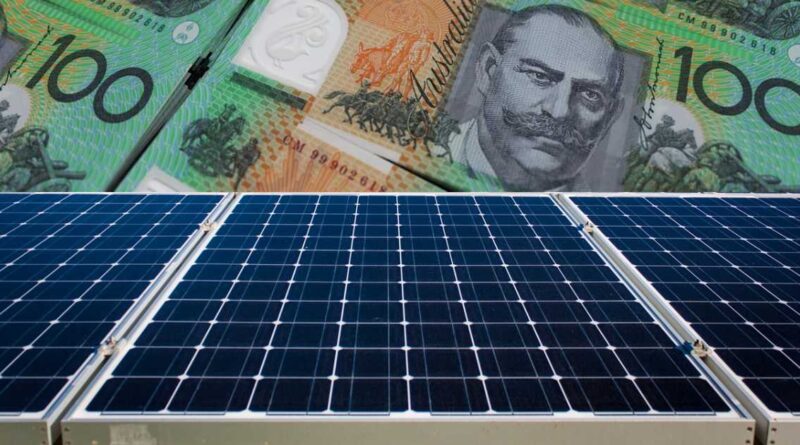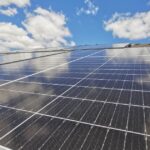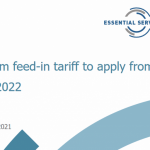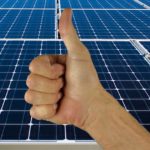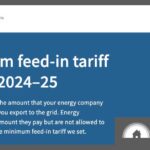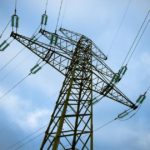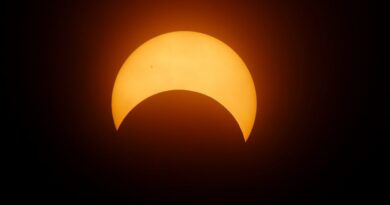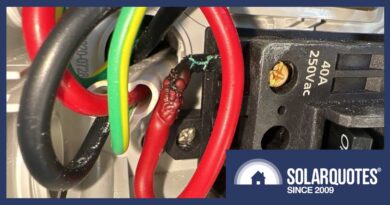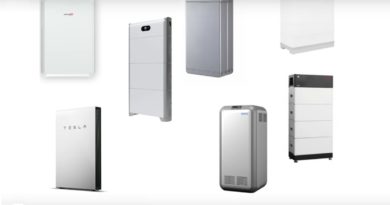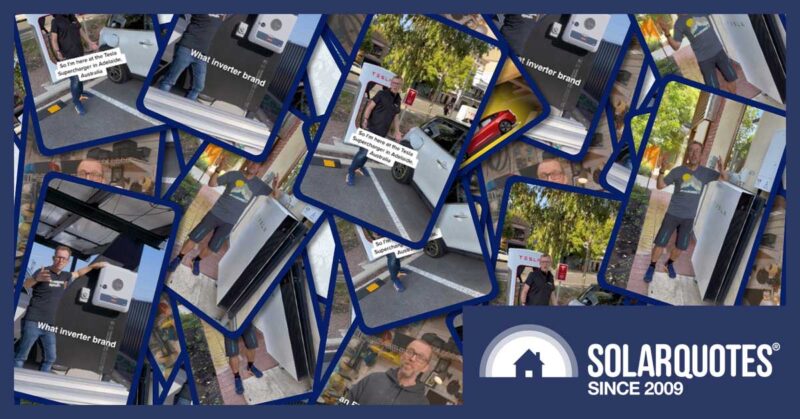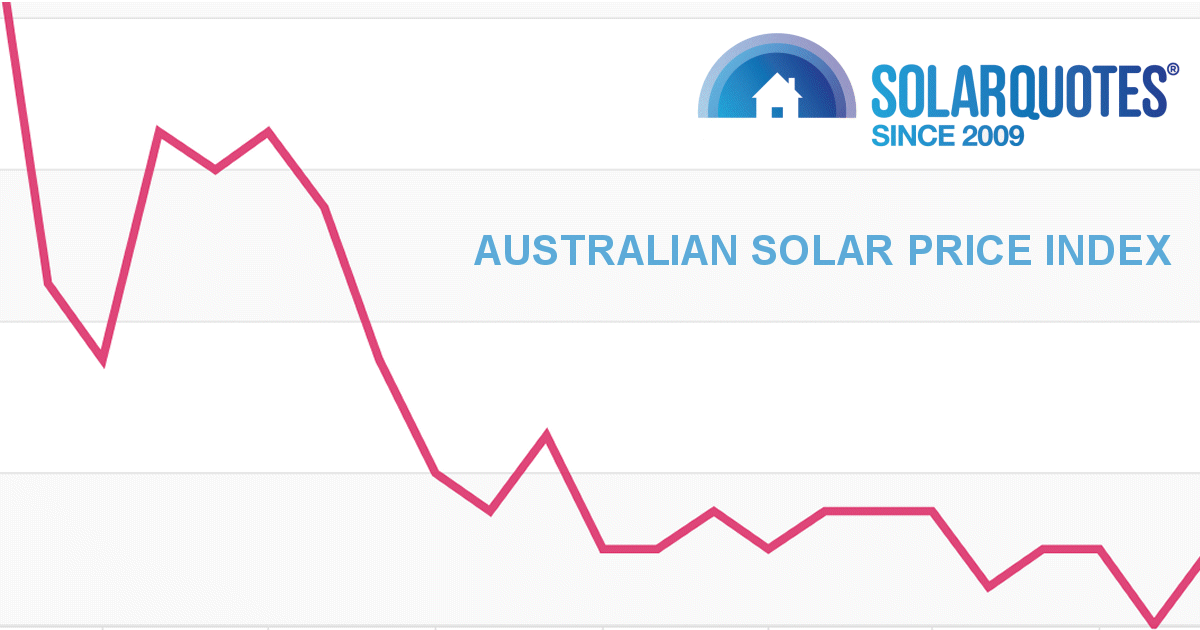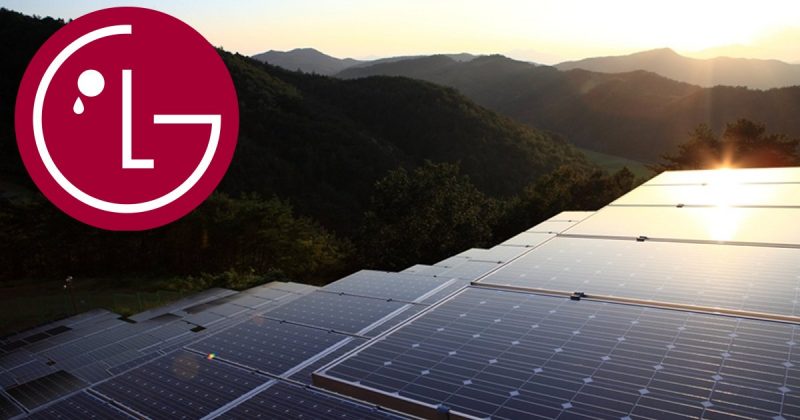New Minimum VIC Solar Feed-In Tariffs Locked In
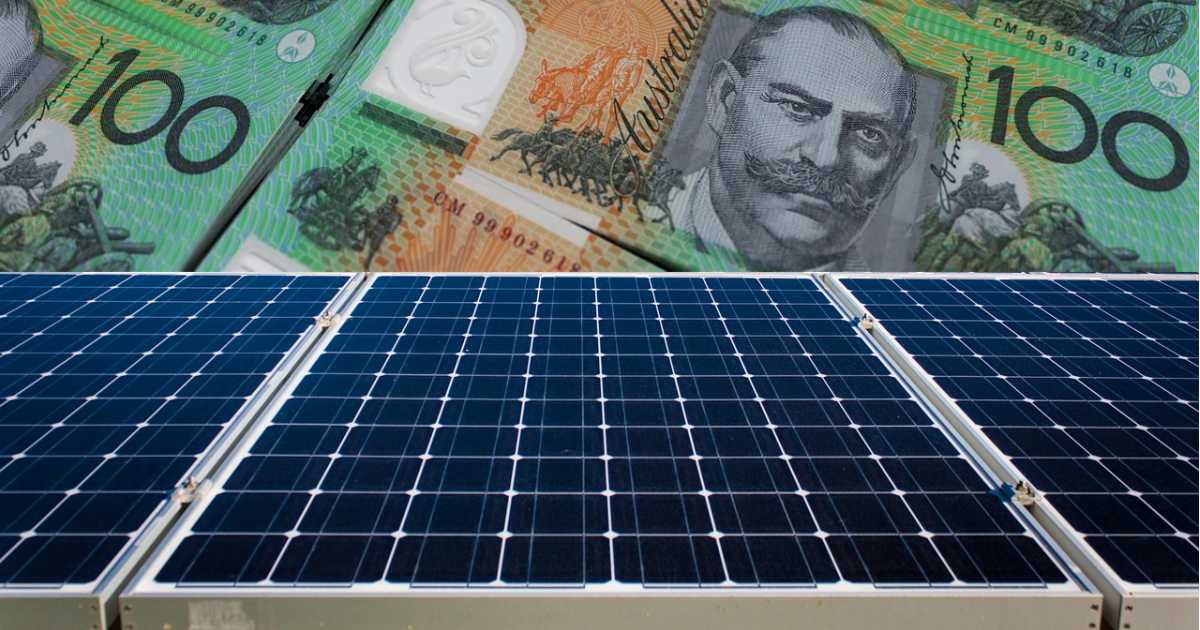
Victoria’s Essential Services Commission has published its final decision on minimum solar feed-in-tariff rates for the 2023-24 financial year.
Currently, the flat rate feed-in tariff in Victoria is set at 5.2 cents per kilowatt-hour minimum and minimum time-varying rates range from 5c to 7.1c, depending on the time of day electricity is exported to the grid.
For the 2023-24 financial year, the minimum flat rate will be 4.9 cents per kilowatt hour. For time-varying rates, there are two options electricity retailers can choose to offer:
- Option 1: minimum rates ranging from 4.4 to 11.3 cents per kWh depending on time of export.
- Option 2: minimum rates ranging from 3.9 to 10.6 cents per kWh depending on time of export.
The periods the new time-varying rates apply to can be found on our Victorian feed-in tariff page, which has been updated. Note that whether it’s flat rate or time-varying, electricity retailers can offer more for whatever type of feed-in tariff they offer, and some do.
Commenting on the new feed-in tariff rates, ESC executive director of pricing Marcus Crudden said solar power system owners should focus on self-consumption.
“Ultimately, the enduring value for solar customers is avoiding paying retail prices for their energy usage,” Mr. Crudden stated. “Make the most out of your solar power by planning for your daily energy usage to be met as much as possible during daylight hours when your solar system is hard at work.”
Power Prices Increasing, Why Aren’t Feed-In Tariffs?
Like many other Australians, Victorian electricity customers have been grappling with increasing electricity costs. So, if electricity prices are going up, shouldn’t feed in tariffs also increase?
The reason why the flat rate and daytime time-varying rates aren’t is wholesale electricity prices during the daytime are still low. That’s largely due to the hundreds of thousands of solar power systems in Victoria meeting the energy needs of the homes on which they are installed and exporting their surplus to the grid during this period. But wholesale electricity prices have increased sharply in the evening peak period, when solar energy production has dropped off.
“Low daytime demand and low daytime wholesale prices lower the value of daytime solar exports,” said Mr. Crudden. “This continuing trend of increased solar power leading to low daytime wholesale electricity prices is driving a lower minimum flat rate feed-in tariff.”
The increase in some of the time varying rates during peak periods also reflects the situation.
Solar Panels Still A Solid Investment In Victoria
Victorians are pretty lucky when it comes to solar in that they not only get the national “solar rebate” that can knock thousands off the upfront cost of buying a system, there’s also the Victorian solar panel rebate (also an up-front discount) currently worth up to $1,400.
Using SQ’s solar calculator based on a 6.6kW system cost of $5,8001 and a flat feed-in tariff rate of 5c per kilowatt hour, and with other settings left at their defaults, estimated simple payback is 6 years, 8 months. This could be shortened depending on electricity consumption profile and through increased self-consumption (calculator default is 23%).
The Essential Services Commission’s full final decision on minimum feed in tariff rates in Victoria for 2023/24 can be found here.
Original Source: https://www.solarquotes.com.au/blog/vic-feed-in-tariff-mb2843/

